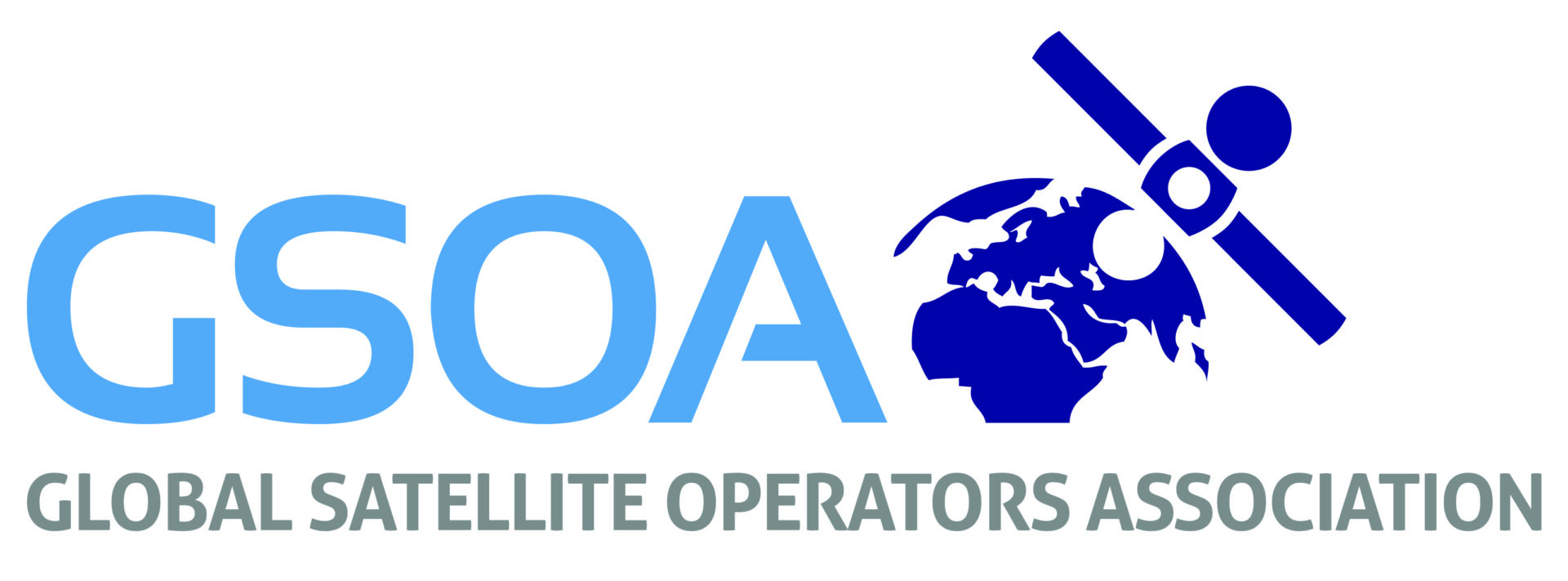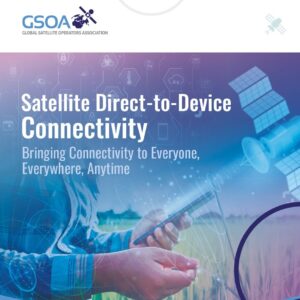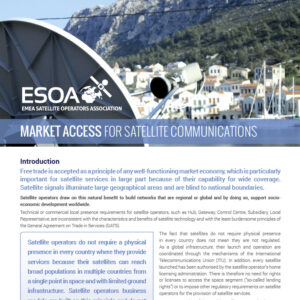What is a satellite and how does it work?
A communications satellite is an artificial satellite that relays and amplifies through the use of a transponder, radio telecommunications signals, between a source and a receiver. A satellite works by receiving radio signals sent from the Earth and resending the radio signals back down to the Earth. Satellite uses solar energy collected from large arrays of solar cells, which supply the satellite with all the electrical power it needs to function and transmit to earth and a small amount of fuel is used to maintain it in the right orbit.
Communications satellites are used today for TV, Internet, Communication, IoT, Mobility, Military applications and many other applications.
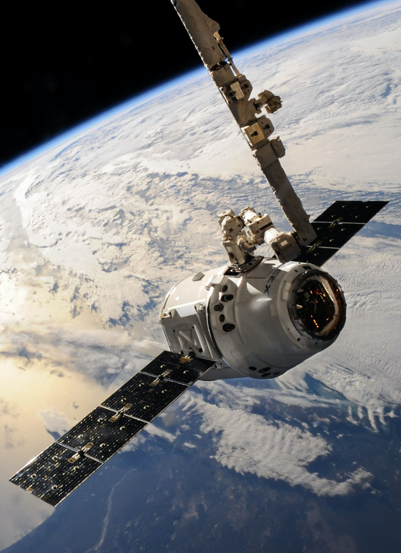
People communicate to a satellite using an antenna on the ground called an “earth station”. The earth station sends up radio signals called “uplinks” to the satellite. The satellite receives these signals, makes them stronger, and then re-transmits them back down to the Earth. These signals back to the Earth are called “downlinks”. Sometimes the uplink and downlink earth stations perform various specialized functions. Feederlinks: Uplink stations deliver or “feed” video or audio programming to the satellite, which is then retransmitted to users all over world. Control links: Uplink stations used to control the satellite. Hub Stations or Gateways: Downlink stations used to allow the satellite to connect with the telephone network or the Internet. Telmetry is the information that earth stations receive from the satellite on how it is performing and what it is doing. Service Links are links that connect users to the satellite. The area that can be served by a satellite is determined by the “footprint” of the antennas on the satellite. The “footprint” of a satellite is the area of the Earth that is covered by a satellite’s signal.
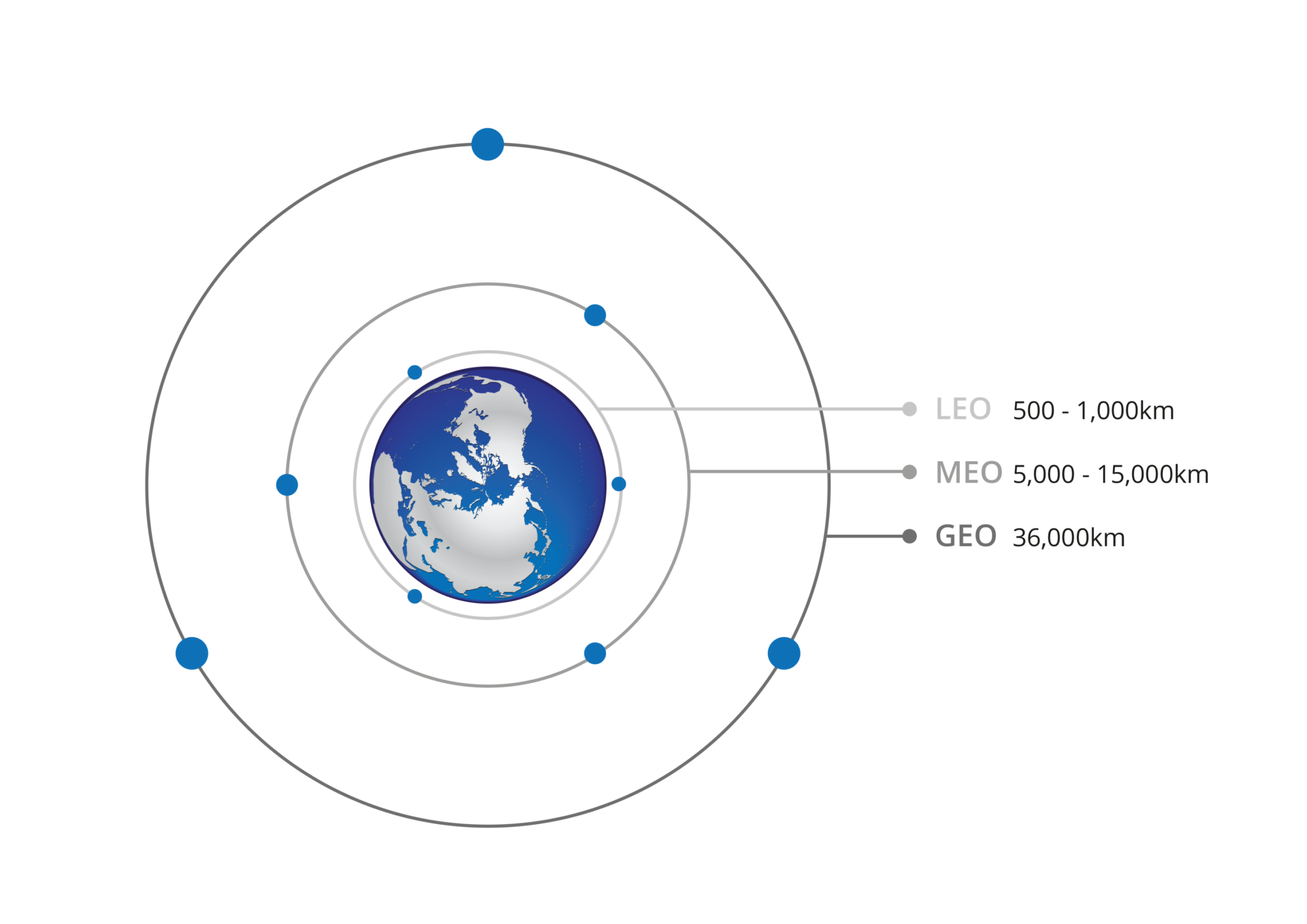
Orbits
Geostationary Orbit (GEO): 35,786 Km
A satellite in a geostationary orbit appears to be in a fixed position to an earth-based observer. A GEO satellite revolves around the earth at a constant speed once per day over the equator. As GEO satellites are positioned above the equator, they do not have a footprint over the poles.
Medium Earth Orbit (MEO): 7,000 – 20,000 Km
MEO is the region of space around the Earth above low Earth orbit and below geostationary orbit. Communications satellites that cover the North and South Pole are also put in MEO. The orbital periods of MEO satellites range from about 2 to 24 hours.
Low Earth Orbit (LEO): 300 – 1,500 Km
LEO satellites are position in the closest orbit to the earth. The proximity results on a faster revolving period. Satellites in low earth orbit change their position relative to the ground position. For this reason, LEO satellites are often part of a group of satellites working in concert otherwise known as a satellite constellation.
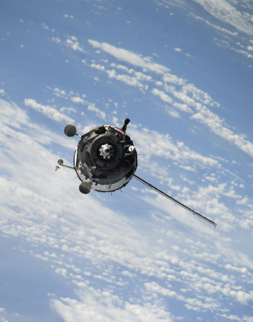
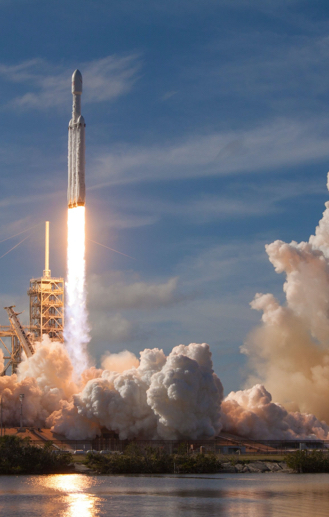
Launching a Satellite
The launch of a new satellite is one of the most important activities in any satellite operator’s calendar. The continuity of the satellite system depends on a series of successful launches and each launch represents a major financial investment. Launching satellites is a very complex business which involves teams from across the space industry, working together for months and years at a time.
Selecting the ideal launch site is crucial. Several factors influence the choice of launch site. For safety reasons, most launch sites are placed close to the sea — Guiana Space Centre in Kourou, French Guiana — or in an unpopulated desert, such as Baikonur Cosmodrome in Kazakhstan.
For every launch there is a a precise period of time, in hours and minutes, within which a launch must take place if the spacecraft on board is to be placed into the correct orbit. Once the launcher, or rocket, is on the launch pad the countdown begins and all systems are fully tested, to ensure a successful lift-off.
One common method of placing satellites into geostationary orbit is based on the Hohmann transfer principle. Using this system the satellite is placed into a low earth orbit with an altitude of around 300 kilometers. Once in the correct position in this orbit rockets are fired to put the satellite into an elliptical orbit with the perigee at the low earth orbit and the apogee at the geostationary orbit. When the satellite reaches the final altitude the rocket or booster is again fired to retain it in the geostationary orbit with the correct velocity.
Alternatively the satellite is launched directly into the elliptical transfer orbit, typically between 200km and several thousand kilometres from the Earth. Again when the satellite is at the required altitude the rockets are fired to transfer it into the required orbit with the correct velocity.
When launching geostationary satellites, it is important that the satellites can be launched towards the east, where the launch impulse is aided by the spin of the Earth. This ‘slingshot’ effect increases the speed of a launcher by 460 m/s. These factors save fuel and money, and prolong the active life of satellites. The launch site should be as close as possible to the equator, so that the assistance is as large as possible.
